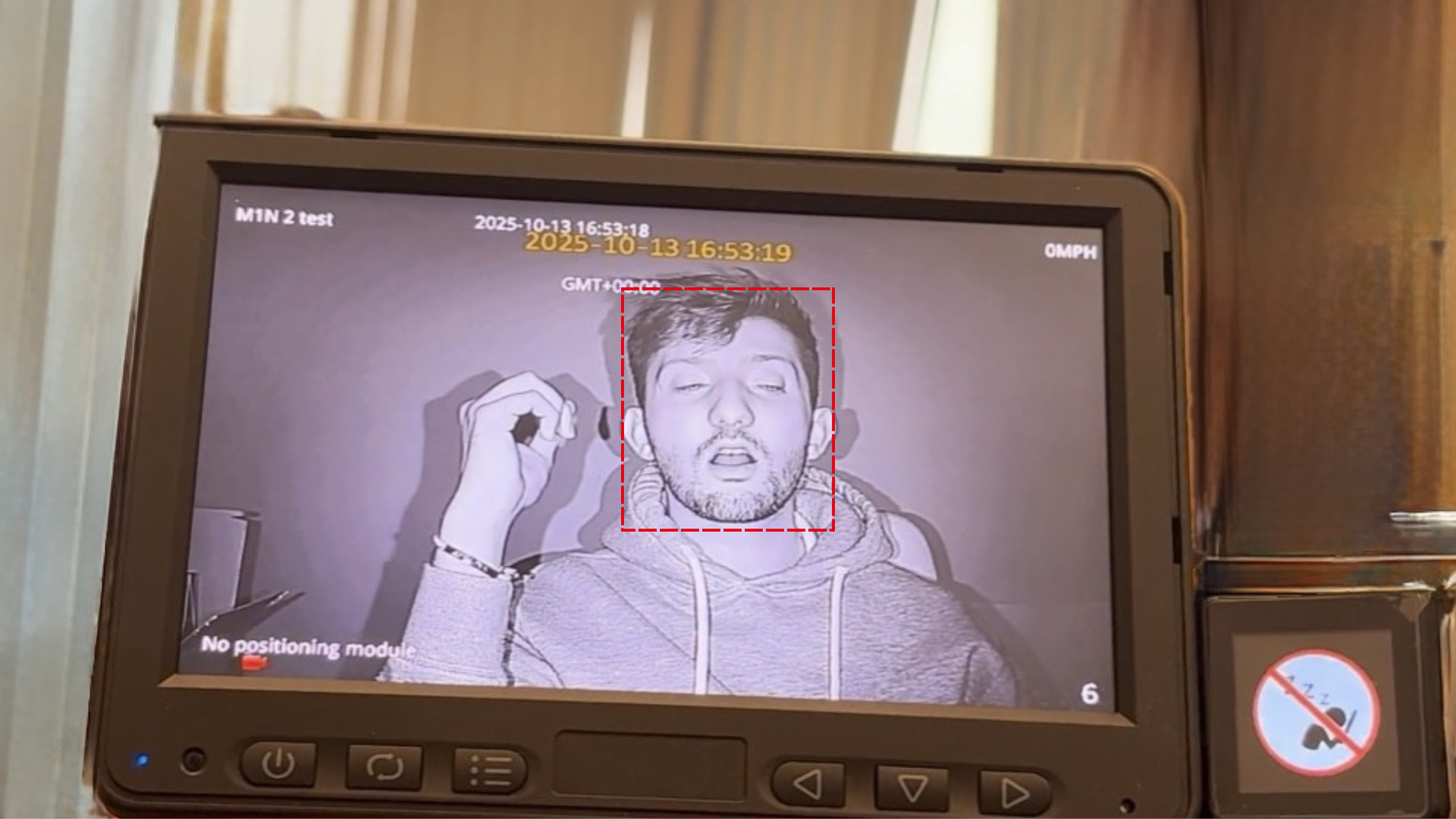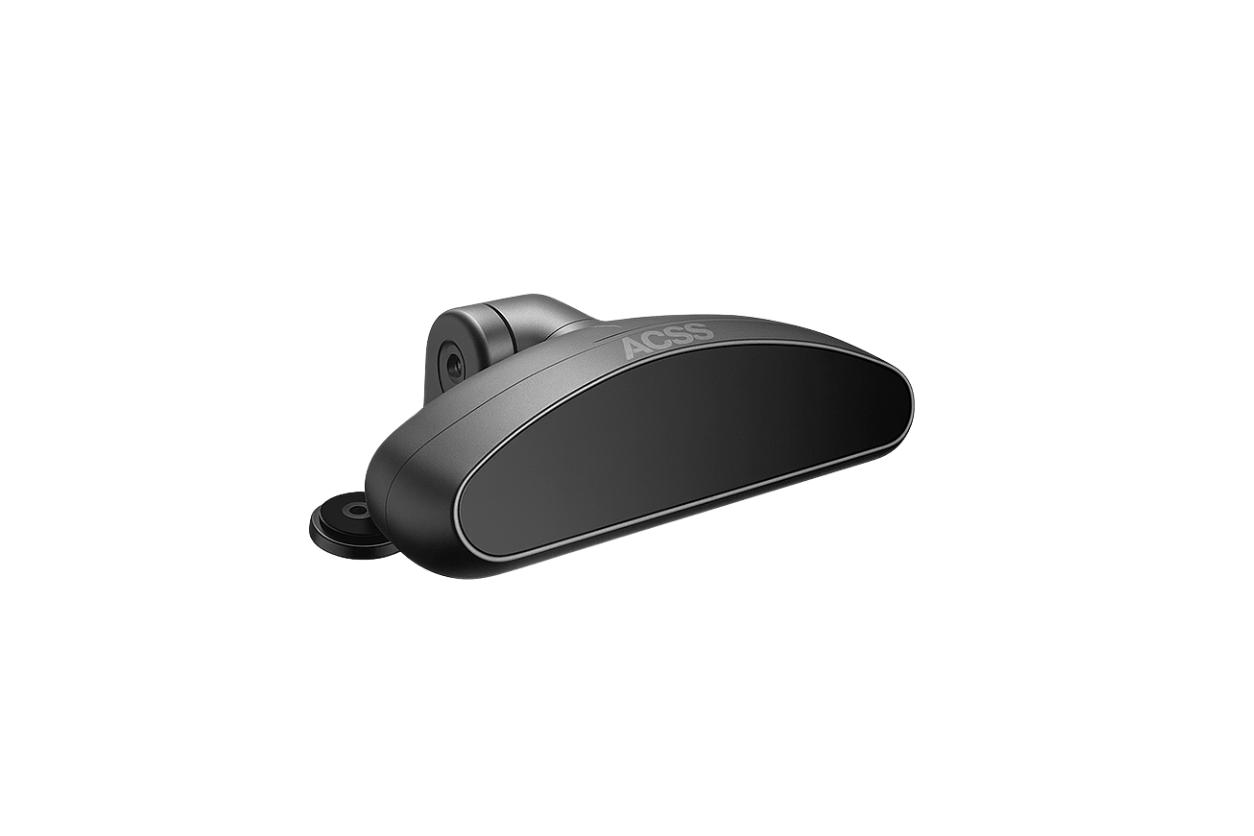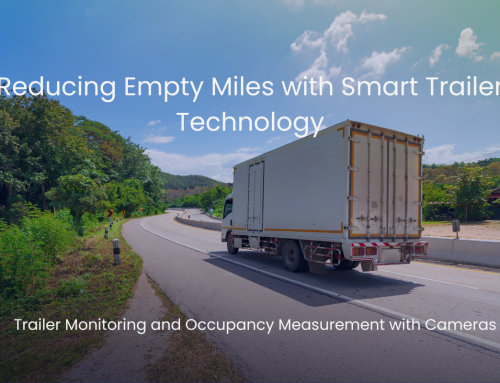As UK roads grow busier and safety standards tighten, visibility has become more than a compliance box — it’s the cornerstone of proactive fleet management. Good visibility and smart monitoring help fleets tackle collisions, fatigue and distraction early, before they escalate into major incidents. Across the industry, operators are moving beyond legacy cameras and adopting advanced, AI-powered camera systems.
Advanced camera systems are already helping operators solve real operational problems. Low-bridge warning systems detect bridge height and prevent strikes, protecting drivers and vehicles on unfamiliar diversion routes. Cargo cameras let operators monitor loads and help estimate trailer capacity, improving efficiency and reducing risk.
These technologies don’t just look useful in theory — they’re aligned with regulatory action across Europe. The EU’s General Safety Regulation (Regulation (EU) 2019/2144) mandates both Driver Drowsiness and Attention Warning (DDAW) and Advanced Driver Distraction Warning (ADDW) systems in phases: DDAW requirements began for new vehicle types in July 2022 and extended to all newly sold vehicles from 7 July 2024; ADDW became mandatory for new vehicle types from 7 July 2024 and for all newly sold vehicles from 7 July 2026.
Distracted driving and driver fatigue remain major safety concerns. UK official figures for 2023 show thousands of casualties and hundreds of deaths on Britain’s roads, reinforcing why regulation and proactive fleet technology are both priorities for operators and regulators.
What is ADDW and DDAW?
ADDW (Advanced Driver Distraction Warning)
ADDW systems monitor a driver’s visual attention (for example, gaze direction and head pose) and warn when the driver’s eyes remain away from the driving task for an extended period. The EU delegated texts describing ADDW define a “distracted vision area” and performance criteria; for example, draft/test criteria refer to warnings when the driver’s gaze stays within that distracted area for more than 6 seconds at 20–50 km/h and more than 3.5 seconds above 50 km/h. (The delegated regulation lays out the performance approach and tests that type-approval labs will use.)
DDAW (Driver Drowsiness and Attention Warning)
DDAW detects early signs of drowsiness and attention loss — traditionally via indirect vehicle behaviour cues such as steering patterns or lane-keeping deviations — and issues non-intrusive warnings to prompt the driver to rest or take corrective action. DDAW requirements were introduced earlier in the GSR rollout and are already in scope for new vehicle types and registrations.

What is Driver Monitoring System (DMS)?
DMS is a vehicle safety system to assess the driver’s alertness and warn the driver if needed. It includes a driver facing camera or sensors capturing and understanding the driver attention. Inside the vehicle, DMS focuses on the human element — monitoring signs of fatigue, distraction, or mobile phone use — helping to prevent risks before they escalate.
Importantly, these alerts don’t just protect drivers in the moment — they help shape better driving habits over time. By receiving real-time feedback on behaviours such as harsh braking or close following, drivers become more aware of their actions and can adjust accordingly, promoting safer and more consistent performance on the road.
ACSS cameras can capture the Driver monitoring system with in-cab camera and Advance Driver Assistance System (ADAS) with front view camera and both cameras alerting to the driver via R-watch-a visual in-cab alert.

What is Advance Driver Assistance System (ADAS)
Advance Driver Assistance System is a category of vehicle technology that uses cameras, sensors and radars to help drive with safety and prevent collisions before they occur. A proactive approach to reduce human error on the road. These systems include alerts and warning for braking, lane departure, cruise control, automatic braking, steering, parking, blind post assist and more.

What Fleet Operators Need to Know
From 7 July 2026, all newly sold vehicles in the EU — including cars, trucks, and buses — will come equipped with DMS and ADAS systems, incorporating ADDW and DDAW functionality. This means that every new vehicle will have baseline driver monitoring and advanced safety features built in, significantly raising the standard of fleet safety.
However, most fleets still operate older vehicles that were manufactured before these regulations. Without retrofitted safety technology, these vehicles remain more vulnerable to driver distraction, fatigue, and collisions. To bridge this gap, operators can install AI-powered camera systems like ACSS, which deliver DMS and ADAS capabilities across the entire fleet, regardless of vehicle age
As these safety technologies become standard, fleet operators need to think strategically about how to maintain consistency across mixed fleets. Integrating DMS and ADAS doesn’t just meet upcoming regulations — it creates a unified approach to risk management, driver wellbeing, and operational efficiency.
Retrofitting intelligent camera systems ensures that older vehicles remain equipped with the same level of protection as newly manufactured models. Systems such as ACSS AI cameras can deliver both Driver Monitoring System (DMS) and Advanced Driver Assistance System (ADAS) functions across the fleet, regardless of vehicle age or type. By fitting a driver-facing camera, operators can monitor driver attention, detect distraction or fatigue, and issue real-time alerts. The front-facing ADAS camera works alongside it, identifying lane departures, forward collisions or sudden braking risks. These alerts are delivered directly in the cabin through the R-Watch, providing both audible and visible warnings that prompt immediate driver response.
Beyond the vehicle, the ACSS system connects to a cloud-based platform, enabling fleet managers to review event footage, identify recurring patterns and support drivers through proactive coaching. This connected approach not only enhances compliance but also improves overall fleet safety and accountability.
By adopting AI-powered camera solutions like ACSS, operators can bridge the safety gap between older and newer vehicles, ensuring consistent protection across their fleets. This approach helps reduce collision risks, supports driver wellbeing, and aligns operations with the latest European safety standards. As regulation and technology continue to evolve, investing in these systems is becoming an essential step toward safer, smarter, and future-ready fleet management.







